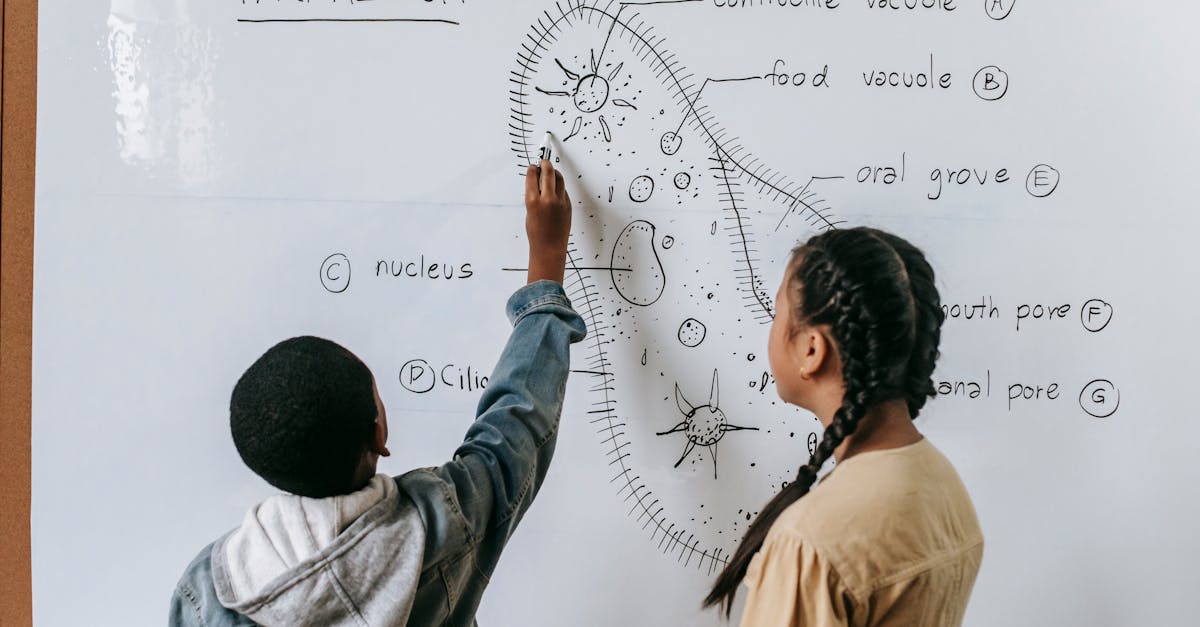Are you searching for a clear understanding of how correlation and causation differ? Welcome – you have now found the perfect article.
Many of us have been there, scratching our heads over the subtle yet critical distinctions between the two.
The confusion can be a real pain point, leaving us uncertain about interpreting data and making smart decisionss.
Our skill will guide you through this complex topic with confidence. As experienced bloggers, we’ve explored dense into the worlds of correlation and causation, understanding the complexities to provide you with a straightforward explanation. By the end of this article, you’ll be ready with with the knowledge to discern between correlation and causation effortlessly.
Join us on this informative voyage as we break down the disparities between correlation and causation. We promise to make this exploration all about you, addressing your queries and explained on what you desire to know. Let’s establish a strong rapport from the get-go, ensuring that your understanding of this key concept is crystal clear.
Key Takeaways
- Correlation measures the relationship between two variables but does not imply causation.
- Understanding the distinction between correlation and causation is critical for accurate data analysis and decision-making.
- Examples like ice cream sales and sunglasses purchases illustrate how correlation does not automatically imply causation.
- To establish causation, criteria such as temporal precedence and eliminating confounding factors need to be met.
- Grasping the disparities between correlation and causation is important in various fields like medical research, economics, social sciences, and business.
- Recognizing causative relationships from data analysis is required for smart decisions-making in real-world applications.
Understanding Correlation
When investigating the area of statistics, correlation is a key concept that helps us understand the relationship between two variables. It measures how closely these variables move hand-in-hand. A correlation coefficient provides a numerical value that indicates the strength and direction of the relationship.
In simpler terms, correlation shows whether and how two variables change at the same time, but it does not imply a cause-and-effect relationship.
It merely indicates that a relationship exists, whether positive, negative, or neutral.
Correlation can be measured using various methods, with the Pearson correlation coefficient being one of the most common metrics.
This coefficient ranges from -1 to +1, with 0 indicating no correlation, +1 showing a perfect positive correlation, and -1 signifying a perfect negative correlation.
Understanding correlation is important when looking at data, as it provides useful ideas into the connections between variables.
Now, it is critical to after all correlation does not equal causation.
We must always be cautious and analytical when interpreting the results of a correlation analysis.
For further information on correlation, feel free to visit Stat Trek’s detailed explanation.
Key Changes between Correlation and Causation
When exploring the worlds of statistics, it’s critical to grasp the disparities between correlation and causation.
Here are the key distinctions between these two concepts:
- Correlation:
- Definition: Correlation measures the relationship and dependency between two variables, indicating how they move hand-in-hand.
- Interpretation: A correlation between variables does not imply a cause-and-effect relationship. It merely shows that a change in one variable coincides with a change in another.
- Example: The number of sunglasses sold is positively correlated with ice cream sales. Now, sunglasses sales do not cause an increase in ice cream consumption.
- Pearson Correlation Coefficient: A widely used metric to quantify correlation strength and direction.
- Causation:
- Definition: Causation signifies a direct cause-and-effect relationship between variables, where one variable directly influences the other.
- Proof: To establish causation, specific criteria such as temporal precedence, correlation, and ruling out alternative explanations need to be met.
- Example: Eating unhealthy foods causes weight gain due to the direct impact of food consumption on the body weight.
Understanding these disparities is required for accurate analysis and decision-making in various fields.
Always after all, correlation does not imply causation.
For further ideas, visit Stat Trek.
Examples of Correlation without Causation
When examining correlation without causation, it’s super important to understand that just because two variables are correlated, it does not automatically mean that one causes the other.
Here are a few examples to illustrate this concept:
- Ice cream sales and sunglasses sales: During the summer months, ice cream sales and sunglasses sales may be highly correlated. Now, it would be incorrect to assume that buying ice cream causes an increase in sunglasses purchases or vice versa. The shared factor here is the seasonal change in weather.
- Number of firefighters and amount of fire damage: A common example used in statistics is the correlation between the number of firefighters at a scene and the amount of fire damage. While these two variables might be positively correlated, it doesn’t mean that having more firefighters causes more significant damage or vice versa. The true causal factor is the intensity of the fire itself.
- Education level and income: People with higher education levels tend to have higher incomes. Now, this correlation does not indicate that more education directly causes increased income. Other factors like work experience, skill set, or even networking can play a significant role.
We must always after all correlation does not imply causation.
For more in-depth reading, you can investigate further ideas on Stat Trek.
Finding Causation: Factors to Establish Causality
When exploring the not the same between correlation and causation, it’s super important to consider the factors that help establish causality.
To determine causation, we must look for specific criteria that go past a mere association between variables.
Here are some key factors to consider:
- Temporal Precedence: One critical factor is the concept of temporal precedence. This means that the cause must occur before the effect. Without this temporal sequence, it is challenging to establish a direct causal relationship between variables.
- Concomitant Variation: Another critical aspect is concomitant variation, where changes in one variable are consistently associated with changes in another. This consistency is required in determining causation as it helps rule out alternative explanations.
- Eliminating Confounding Factors: To establish causality, it’s critical to eliminate or account for confounding variables that may affect the relationship between the variables of interest. This ensures that any observed effects are truly due to the variables being studied.
- Experimental Design: In many cases, establishing causation requires controlled experiments where variables are manipulated to observe the effect on the outcome. Experimental design plays a significant role in determining causality.
To investigate more into the subtleties of causation and correlation, we encourage you to investigate further ideas on the topic through Stat Trek.
Real-world Applications and Implications
When we grasp the distinction between correlation and causation, we unpack a area of understanding required across various domains.
Let’s investigate how this knowledge shapes our perception and drives decisions in real-world scenarios.
- Medical Research: In medical research, discerning between correlation and causation is indispensable. An increase in ice cream sales doesn’t directly cause more shark attacks, but both rise in the summer due to warm weather. Such ideas prevent misleading endings.
- Economic Analysis: In the field of economic analysis, mistaking correlation for causation can lead to misguided economic policies. Understanding the slight relationship between two variables is critical for smart decisions-making on a macroeconomic scale.
- Social Sciences: Social sciences benefit greatly from this distinction. Recognizing correlations is foundational, but establishing causal links transforms observational data into actionable ideas, aiding in policy formulation.
- Business: In the field of business, recognizing the not the same between correlation and causation can impact strategy and decision-making. Effective marketing strategies, for example, hinge on causative relationships discerned from data analysis.
Mixing through these explorerse fields, grasping the subtleties of correlation versus causation equips us with the discernment needed to find the way in complex data views effectively.
For further exploration into this critical topic, jump into Stat Trek’s resources.
- Are There Any Black Software Engineers? [Discover Their Impact Now] - December 4, 2025
- Mastering the Empirical Rule for Dummies [Boost Your Statistical Analysis Skills] - December 3, 2025
- Does Blue Yeti Use Logitech Software? (Check This Out!)] - December 3, 2025




